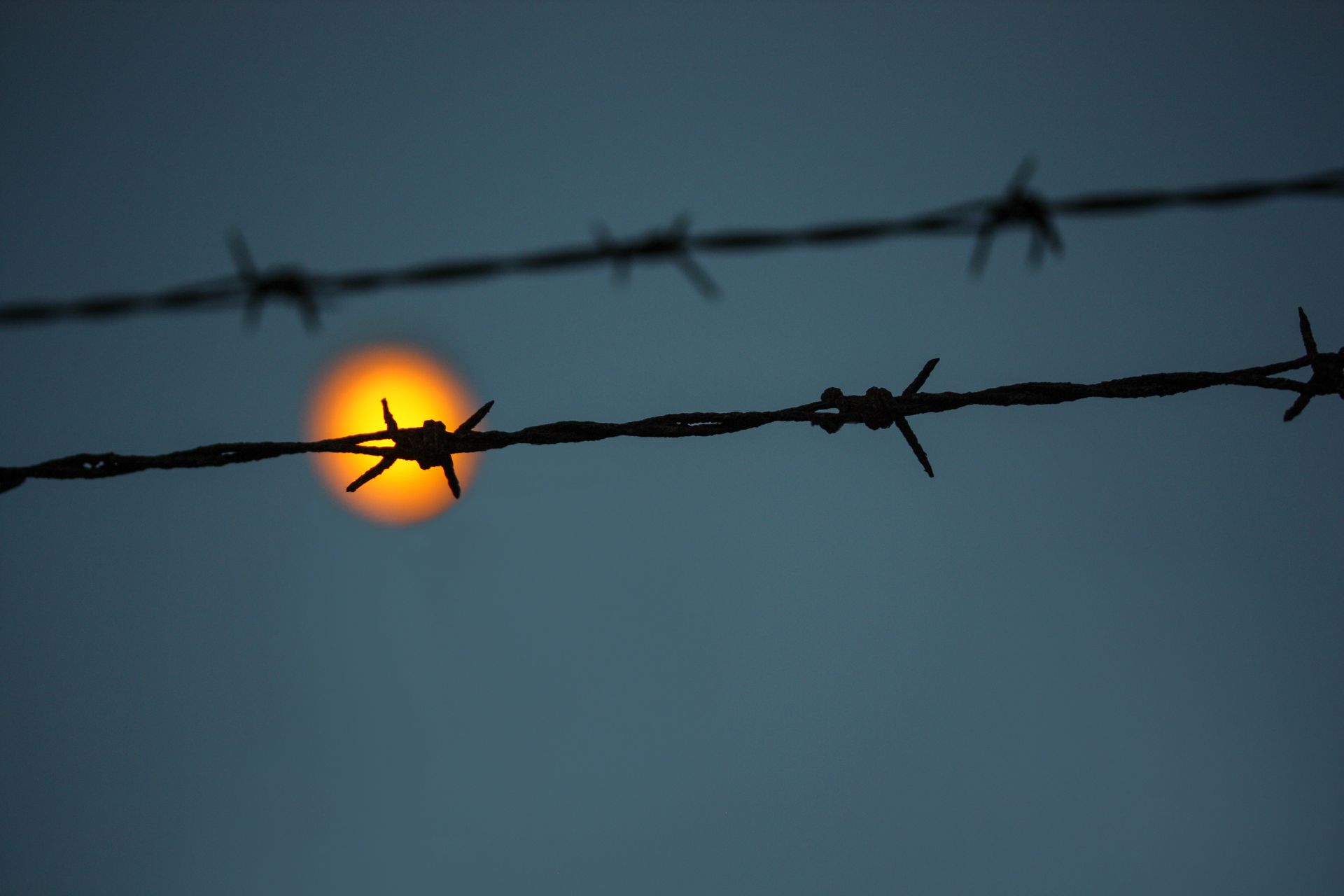A Fourth Revolution in the Use of Resources
PUBLISHED:
When is a resource especially useful? The answer often varies based on the technological advancement of the society in question. Human capital is especially susceptible to this variable, as it is only as useful as its carrier’s tools are. In this Fourth Industrial Revolution, the knowledge worker’s debut is the consequent shift of human capital owing to information technologies such as the computer and artificial intelligence. Just how monumental this shift may be is to be analyzed.
Historically speaking, few resources aside from hard currency like bullion and necessities like water have maintained a constant degree of usefulness. Clearly, an abundance of fossil fuels offers a different meaning to a hunter-gatherer tribe and an industrialized nation just as a plentiful supply of spices means different things to a medieval European kingdom and any country today. More often than not, though, these differences in meaning can be attributed to differences in technology. A hunter-gatherer society has no means and no purpose to exploit fossil fuel technology, while any industrial nation will demand (at least for now) a constant supply of non-organic energy due to lighting systems that require the energy from fuels. Even the disparity in significance of spices can be attributed to technology, however indirectly. The medieval European kingdom was at the mercy of the Italian merchants, Ottoman sultans, and Indian planters to attain expensive spices, especially without any technologies in the fields of preservatives, cultivation, or transport. By contrast, today’s globalized trading network, mixed with extensive advancements in preservatives and wider spice cultivation have reduced salt and pepper from the most expensive commodity on a continent to a kitchen counter constant. Typically, changes in the usefulness of resources go in tandem with shifts in the technologies that put them to use. The introduction of steam power in the Industrial Revolution, for example, necessitated the use of coal and other fossil fuels. Great Britain’s vast underground coal reserves, thus, suddenly became a valuable asset to the country in propelling it to industrial powerhouse. These shifts can also go the other direction. With the rise of oil- and diesel-powered combustion machines in the 20th century, those same coal reserves declined in significance, reducing Britain’s industrial advantage.
Human capital is not exempt from these shifts in usefulness. Engineers became of great use whenever the technologies to develop siege weapons (as well as the capital and organization to build them) became available to states; Roman and Chinese armies of antiquity employed great numbers of siege engineers. Similarly, architects were commissioned whenever the means of building elaborate structures became available; the Renaissance abounds with examples of this.
Thus, the Fourth Industrial Revolution (or more aptly the Digital Revolution) will enact unique shifts in the usefulness of workers and resources alike, thanks to the nature of the technology involved: the computer. Though Drucker passed away in 2005, he foresaw the rise of artificial intelligence within his predictions about the computer in “What the Computer Will be Telling You” (date unknown), calling out its potential to analyze data akin to what artificial intelligence does nowadays.
This brings meaningful shifts for all levels of human labor. The combination of computing with robotic technology and affordability has made it possible for unskilled labor to be replaced en masse, reducing the use for unskilled labor. Even lower-level white collar jobs like clerks and accountants face stiff competition given their work is repetitive at a digital level and liable to be replaced by artificial intelligence. The one field of employment that is expanded as a result of these technologies is the knowledge worker. Partially born from the growth of computing technology, partially an existing beneficiary of said technology, the knowledge worker performs their work on the premise that the grunt work of crunching numbers and calculating growth metrics can be easily done by the tools at their disposal.
In an economy where physical production is a linear metric of economic performance, the knowledge worker has limited use. In such an economy that furthermore relies on a chain of human calculators and analog communication, the knowledge worker is extremely limited in capability and is thus not a significant factor in economic output. Hence why the knowledge worker has only risen to prominence within postindustrial economies.
Thus, the American economy is especially susceptible to shifts in usefulness as one of the most postindustrial economies on the planet. This has significant consequences for its future economic prospects. For one, it was able to reach its status as a global powerhouse due to the growth of its giant manufacturing base, which took place between the Civil War and World War II. Its further investment in STEM education, priority on innovation, and corporate dominance during the Cold War allowed it to keep its top position throughout the 20th century. However, the Fourth Industrial Revolution has introduced some subtle changes to the economic calculus that necessitate reform of the current system.
For one, even though the American economy is already heavily service-based, the automation of tasks at the lower level combined with the augmentation of capabilities in the office means the labor shift is geared towards prioritizing higher educated workers as primary human factors of economic output. Given much of the service sector is not necessarily aligned with knowledge work, the usefulness of the service sector in general is skewed upwards in terms of human capital.
For another, the productivity of the knowledge worker rests with both production and mentality. Drucker stressed the autonomy of the knowledge worker as one of their defining characteristics, made possible by the powers of computing and AI. Because the complex calculations are automated by these technologies, that leaves the decision-making up to the human. Of course, the knowledge worker must still be trained in the technical skills required to use the tools at their disposal. However, the decision-making facilities of the knowledge worker, including foresight and rationality, matter greatly if they are to efficiently perform their job.
The future competitiveness of the American economy, and by extension many other economies, is dependent upon this. In its manufacturing heyday, the United States was the world’s superpower due to its towering advantage in scale over its European counterparts and the absolute lack of industrialization elsewhere in the world. During the Cold War, the United States once again strode the world economically due to sheer scale, concentration of capital, and worker efficiency. Now, however, economic disparities in the world have narrowed. After rapid industrial development in the twentieth century, East Asia has caught up to America in terms of economic development and has even surpassed it in certain fields like semiconductors. Developing nations, most notably the BRICS countries, have become manufacturing leaders. China in particular has bridged being both the “world’s factory” and a center of highly educated talent. What this all means is that the United States cannot rely on simple scale and the virtue of being the earliest as it did in the past. The combination of knowledge workers requiring extensive high-quality rearing and the dilapidated nature of American institutions like education and infrastructure puts the country at risk of losing its economic edge in the world.
However, the American economy is not consequently destined to decay. Its national culture of pursuing individual advancement and success is well-fitted for the world of the knowledge worker. It already possesses a well-educated population that has been used to living in a developed economy for a century. It holds the largest concentration of financial capital in the world. While this by no means encourages complacency, it simply means the country must pursue a different utilization of its resources in order to keep its current economic position in the world. It cannot compete in human numbers, for India and China boast populations far larger and countries like Indonesia and Nigeria are quickly catching up. It cannot compete in manufacturing, as Brazil and China are now the biggest producers of the commodities that America dominated over a century ago. Even in higher-tech industries like semiconductor chips, countries like South Korea and Taiwan have demonstrated that small populations can easily and quickly trounce less-prepared competitors many times their sizes, as the United States has learned of late. So ultimately, the United States ought to perceive that through the synergy of its relative strengths in all the aforementioned fields with investment into cultivating a robust knowledge worker base, it will be best positioned to retain its premier status as a global economic leader.
In conclusion, the American economy will have difficulties adjusting to this new reality in spite of its current advantages in education and economic maturity. What matters most - not only for the United States but for the other economies of the world - is that with the Fourth Industrial Revolution, the usefulness of labor will play a defining role in each country’s economic standings. Those that grasp this concept will prosper, while those that neglect it will fall behind. The use of the knowledge worker, and subsequently the highest level of human capital, will become top priority.
References
Drucker, P. F. (1995) “What the Computer will be Telling You” – in People and Performance (Routledge)





